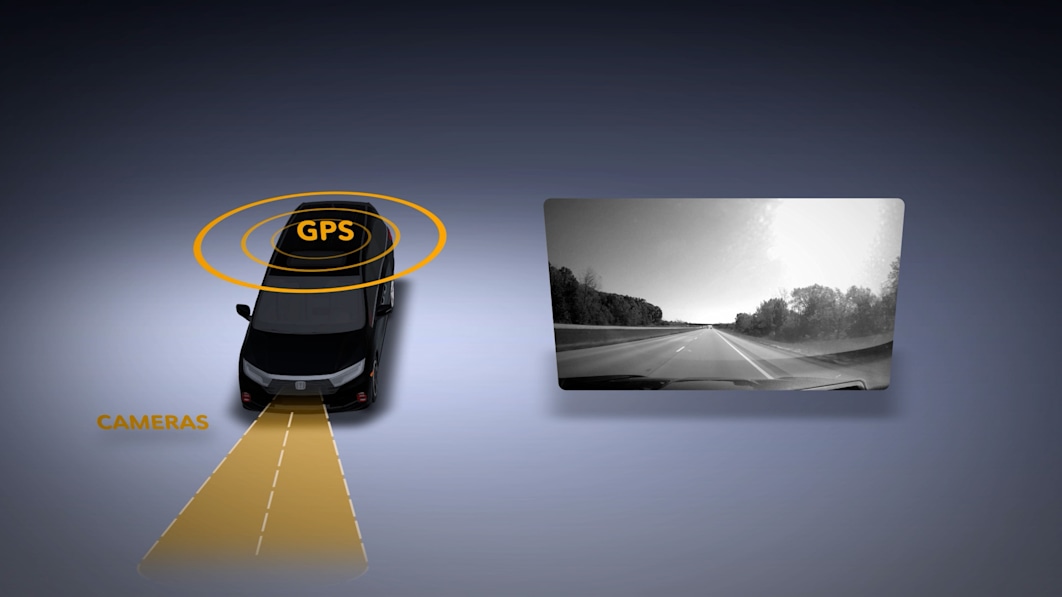One of the obstacles to a fully autonomous future is the roads on which theoretically autonomous vehicles would drive. Cameras and sensors use the painted lane lines to help them follow a path and help cars stay in their respective lanes. If you’ve ever driven a car with some degree of lane-keeping or lane-following assistance, you may have noticed that without lane markings, the system becomes relatively useless.
So, how can you improve things so that you can use driver assistance functions in more situations? The answer is relatively simple. Road authorities must better maintain our roads and take driver assistance functions into account. Honda knows this too and has just come up with a system to help road workers do just that.
The Honda Research Institute officially begins a pilot program to monitor road conditions. What does that mean? It means Honda has developed a program that runs on its cars to continuously monitor and evaluate the condition of the lane markings. Using GPS, sensors and cameras, Honda’s pilot program will drive cars around and collect data on the condition of our lane markings. In particular, the program will evaluate the state of play in Ohio. Honda hasn’t said whether it will expand the program beyond Ohio, but if it’s successful, we don’t see why it couldn’t expand.
Honda will use four degrees for lane markings: green, yellow, gray and red. Green and yellow means “ideal to good”. Gray means no markings and red means “repair needed”. The rankings are linked to latitude and longitude data, video clips and images. It will then all be sent to the Ohio Department of Transportation, and we can hope that the government decides to fix the areas that need repair. Of course, our confidence in road authorities to properly maintain the roads in this country is not absolute, but at least Ohio will have a better understanding of what needs to be done.
“Real-time, highly accurate roadway data captured by connected vehicles can improve the process of identifying, reporting and repairing dangerous road conditions faster,” said Paritosh Kelkar, scientist at Honda Research Institute.
In addition to reporting lane conditions to Ohio, this system has the ability to report a warning to other Honda vehicles. Your Honda could theoretically access the lane marking data in real time using an internet connection and your GPS coordinates and alert you when a section of bad markings is approaching, giving you back full control of the lane tracking system.
Finally, Honda is teasing that it could expand this program to “track other kinds of road conditions.” We do not yet know what those other conditions are.
Related video:
